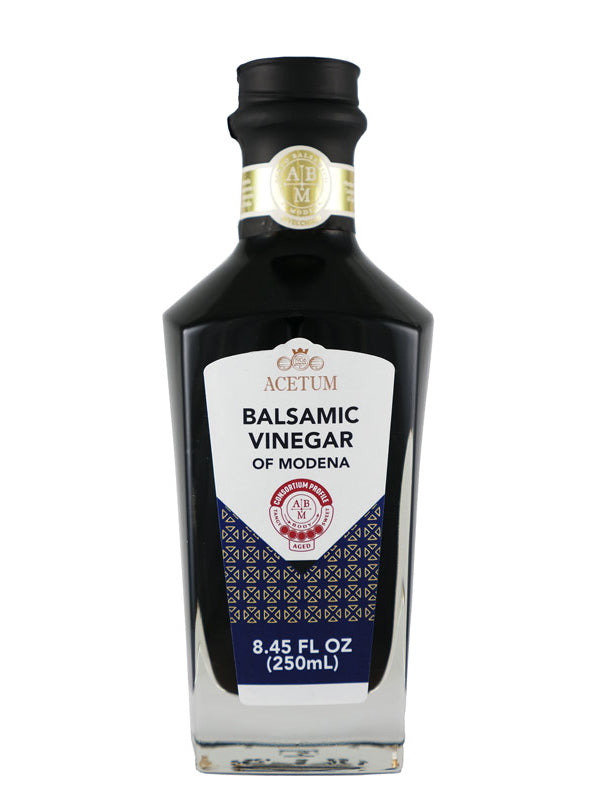- Home
- Moroccan Olive Oil
Moroccan Olive Oil
More About Moroccan Olive Oil
Over the past 15 years the Moroccan agriculture industry has taken specific steps to improve the quality, output, and distribution of extra virgin olive oil. As part of its "Green Morocco Plan," the country began with a goal to plant more trees and increase olive production to 2.5 million tons by 2020. According to the ministry of agriculture, Morocco achieved 94 percent of this objective, leading to a production increase of over 70% over the last 25 years. Today Morocco is the world’s 5th largest producer and exporter of olive oil with over 1 million hectares of olive trees producing 160,000 tons of olive oil and 130,000 tons of table olives in the 2020/21 crop year.
Etymology of the native Berber language suggests that olive trees were known prior to contact with the Phoenicians, who are commonly given credit for introducing olives to this region. Now olives make up 65 percent of the tree species in the country. Many groves in Morocco are as high as 600-800m above sea level. The climate in the country is typically hot and dry, which does strain the trees' output. As a result, more than 80% of Moroccan olive groves do receive some irrigation. The primary variety grown in the country is the Moroccan Picholine, a cultivar that is well-adapted to Moroccan's climate conditions and terrain.




